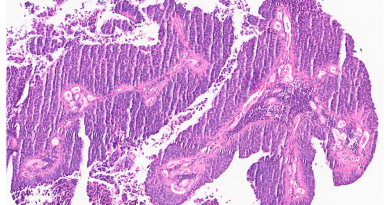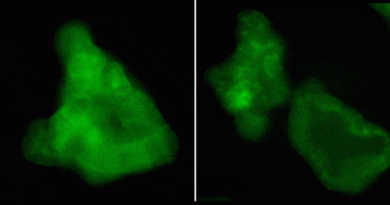Muscle’s path to maturity follows the alternative splicing way
Compare the skeletal muscles of a newborn with those of an adult. While the former can barely move the body, adult muscles can perform record breaking feats of agility or strength. The path from one to the other involves more than growing in size, as research from the Cooper lab shows us.
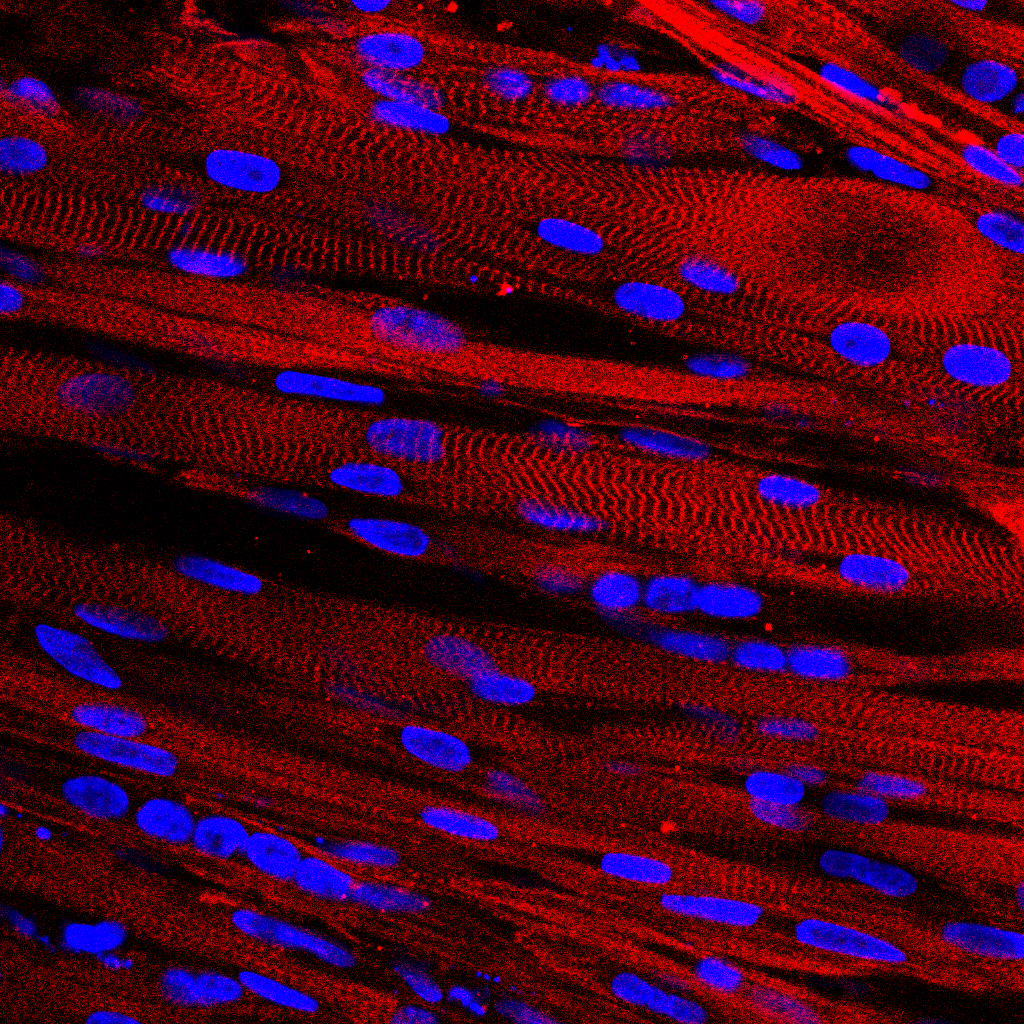
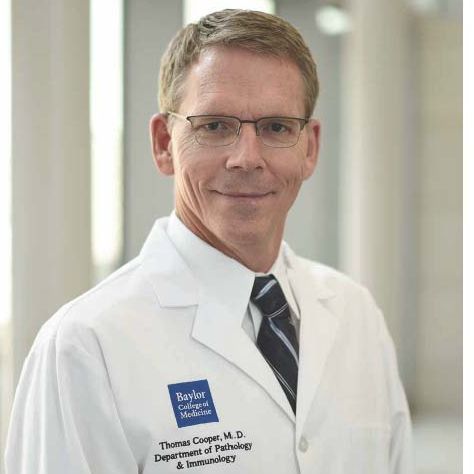
“The process of newborn skeletal muscle maturation to a working adult muscle involves numerous physiological changes that are not well understood, especially at the molecular level,” said corresponding author Dr. Thomas A. Cooper, professor of pathology & immunology, of molecular and cellular biology and of molecular physiology and biophysics at Baylor College of Medicine. “We focus on genes that might not only change the amount of protein they produce, but also on single genes that can produce different proteins through alternative splicing.”
Alternative splicing allows cells to make a large number of proteins from a limited number of genes. It would be like preparing a number of different recipes by combining in different ways a limited number of food ingredients.
“We found about 700 genes in skeletal muscle that undergo changes through alternative splicing. As muscles develop, the majority of those genes produce different proteins,” said Cooper, who also is the S. Donald Greenberg and R. Clarence and Irene H. Fulbright Professor and a member of the Dan L Duncan Comprehensive Cancer Center at Baylor.
“Interestingly, many of the genes that undergo alternative splicing do not change the amount of protein they produce during muscle postnatal development; it is the type of protein produced that changes,” Cooper said.
Cooper and his colleagues looked to determine whether the changes in protein form were linked to changes in muscle function.
Alternative splicing transitions significantly affect muscle physiology
The researchers discovered that the genetic activity of mouse skeletal muscles is particularly intense during the first two weeks after birth; a number of genes alter the amount of proteins produced, while other genes go through alternative splicing and produce different proteins.
Among the genes going through alternative splicing, those involved in calcium-handling functions predominated. Calcium is very important for skeletal and heart muscle because the influx of calcium into the cell stimulates contraction and other functions.
First author Dr. Amy Brinegar, who was a graduate student in the Cooper lab while she was working on this project and recently graduated from the doctoral program in molecular and cellular biology at Baylor, selected three calcineurin A genes, which are involved in calcium-handling functions, and reversed their natural process of alternative splicing in adult mouse muscles. Then, Dr. George Rodney, associate professor of molecular physiology at Baylor, and a graduate student in his lab, James Loehr, who are co-authors on this paper, determined the effect of switching back alternative splicing on functions of isolated adult mouse skeletal muscle in the lab.
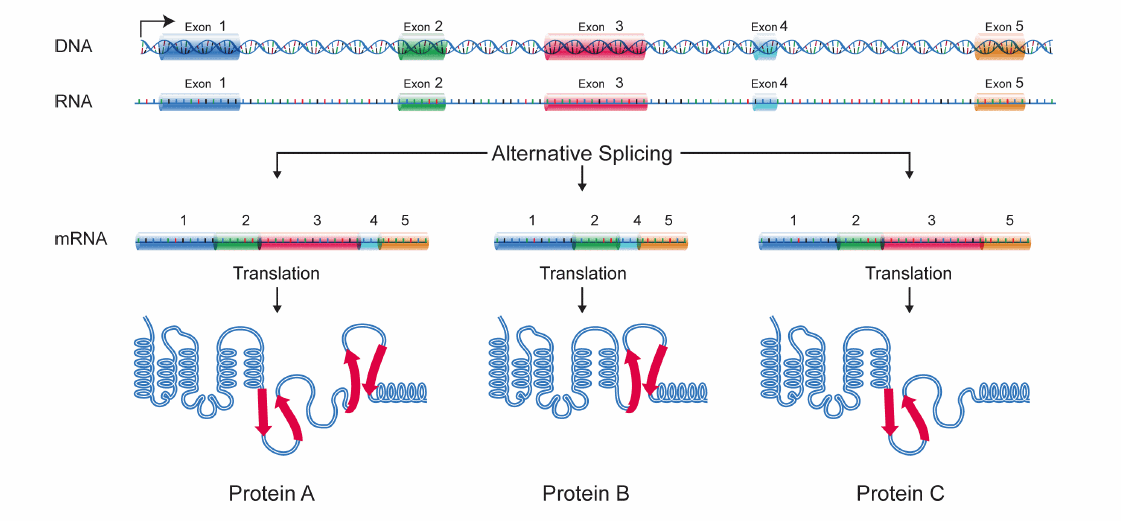
They discovered that muscles in which the ‘adult forms’ of the calcineurin A genes had been switched back to the ‘newborn forms’ showed a change in calcium flow and were less strong than muscles that retained the adult forms of calcineurin A.
“We showed that just by changing three of about 11,000 genes that are estimated to be expressed in adult mouse muscle, we were able to change physiological parameters of those muscles,” said Brinegar. “This work supports the growing evidence in favor of a physiological role of alternative splicing.”
These protein changes are essential for human normal adult muscle function and, when disturbed, lead to muscle disorders such as myotonic dystrophy, the second most common cause of muscular dystrophy, and numerous other muscle disorders that affect tens of thousands of individuals in the U.S.
“Importantly, about 50 percent of the genes we discovered to undergo alternative splicing are conserved, meaning that the genes go through the same changes both in mice and humans, which opens the possibility of modeling human muscle disorders in the mouse,” Cooper said.
Find all the details about this research in the journal eLife.
Other contributors top this work include Zheng Xia and Wei Li, both from Baylor.
Financial support was provided by National Institutes of Health grants R01AR045653, R01HL045565, R01AR060733, T32 HL007676, R01HG007538, R01CA193466 and R01AR061370. Further support was provided by the Muscular Dystrophy Association grant RG4205.


